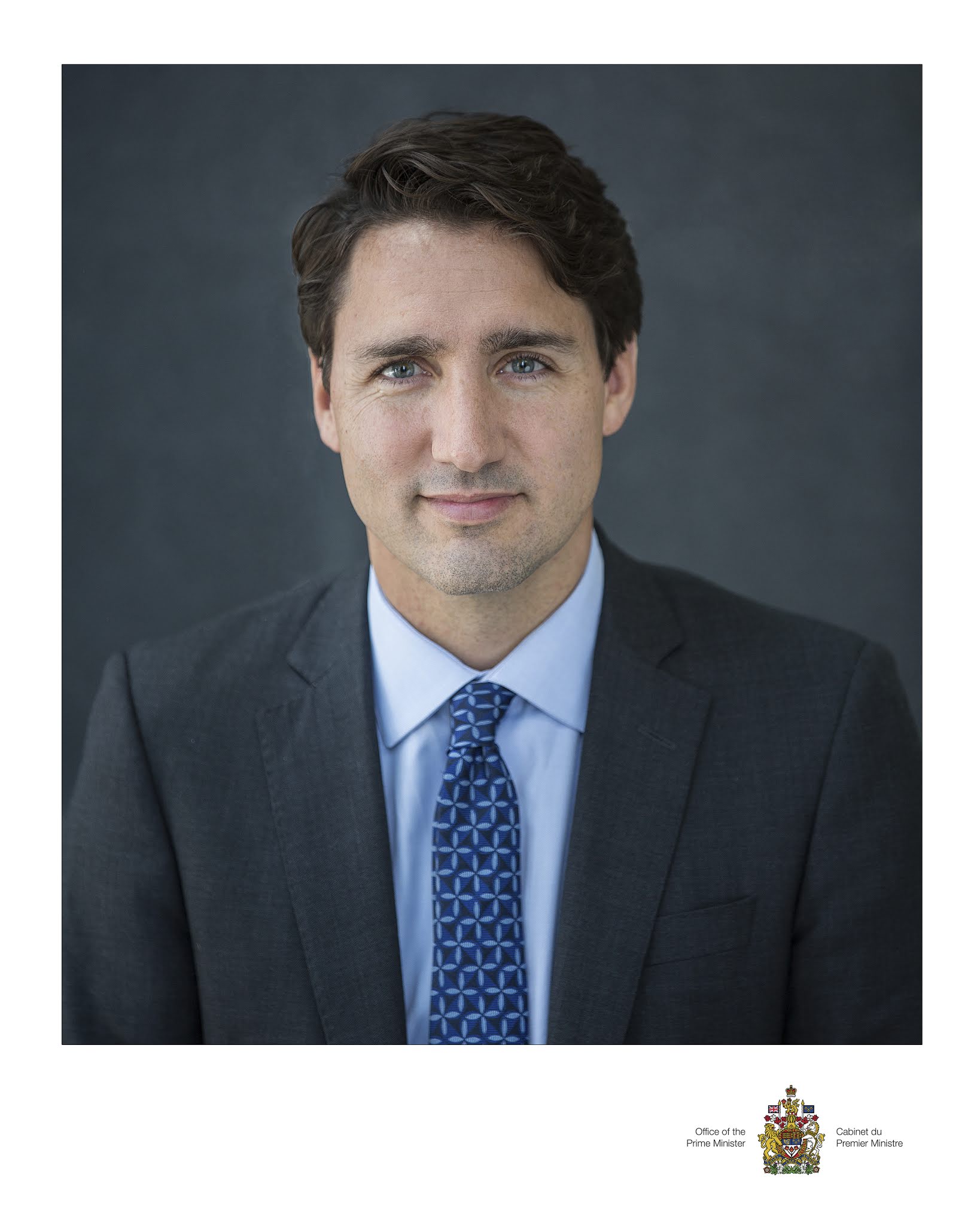*This article was originally published in Lawyer’s Daily on June 4, 2018 Prime Minister Trudeau and his Liberal Party have been taking a significant amount of heat for their collective failures to act on their substantive promises to First Nations — including, water, housing, education health and Aboriginal, treaty and land rights and title —…
Continue reading…about The First Nations’ Agenda in the Ontario Election
